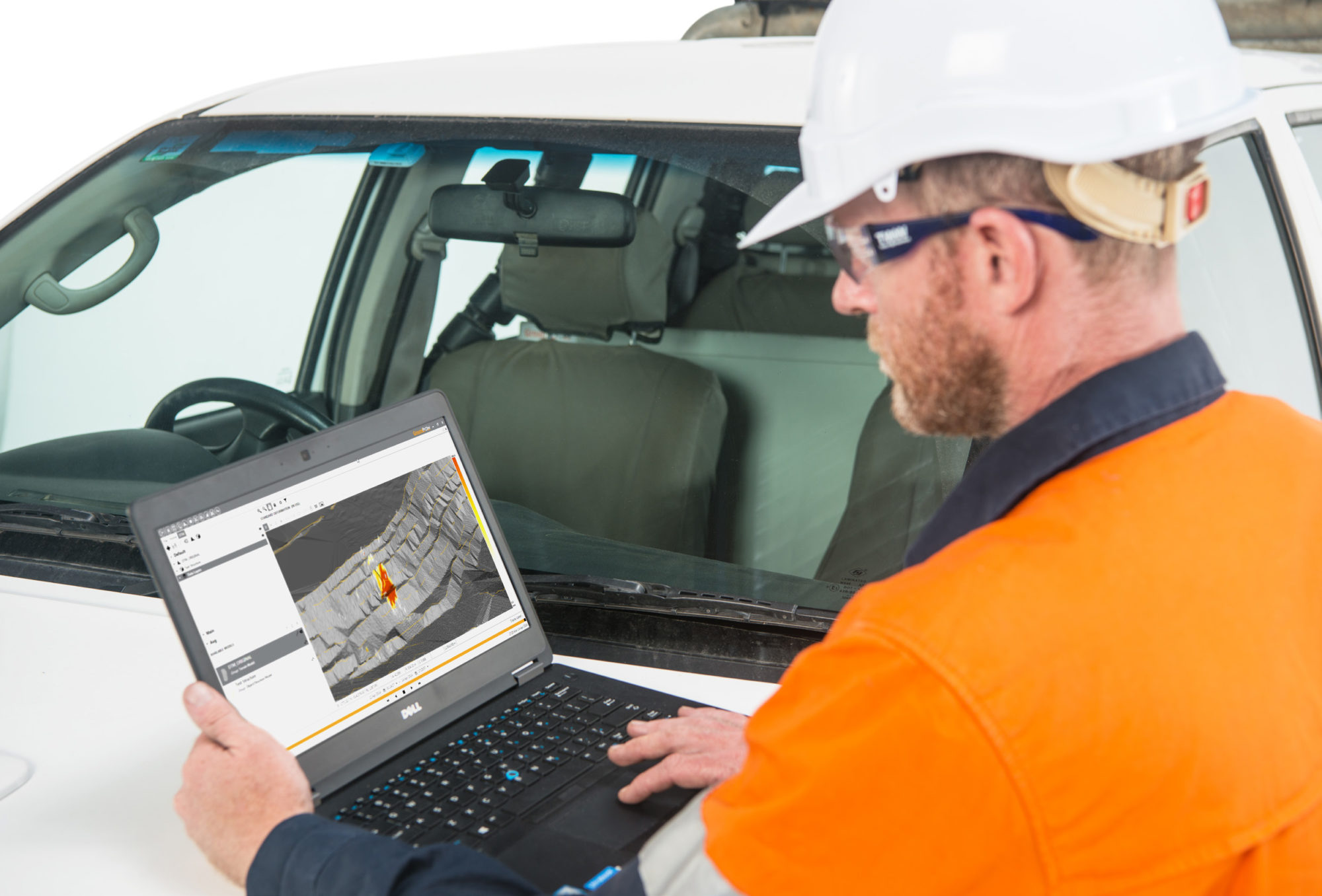GroundProbe has released a new version of its SSR-Viewer software that comes with a powerful engine to “revolutionise” 3D data visualisation across its entire suite of Slope Stability Radars and lasers, according to the company.
CEO John Beevers said the release brings a host of new features and functionality to its “market-leading platform, many of them developed in collaboration with our customers”.
The SSR-Viewer 9 release features two new analysis tools, the possibility of visualising 2D radar data in 3D, drag and drop external layers and structures, and alarm threshold visualisation, among other developments.
The latest release supports all GroundProbe Series-2 and Series-3 radar technologies – 3D real aperture radar, 2D real aperture radar and 2D synthetic aperture radar – and both of the company’s new LiDAR-based technologies, the Geotech Monitoring Station (GMS) and Geotech Monitoring LiDAR (GML).
“All the features and benefits of SSR-Viewer that our long-serving radar customers have been accustomed to – such as its intuitive visualisations, industry-leading analysis tools and powerful reporting – are now also available for our LiDAR-based solutions,” GroundProbe said.
The 2D radar data visualisation in 3D allows SSR-FX and SSR-SARx users to view data in the new DTM (digital terrain map) View visualisation, as well as in the existing Plan View visualisation.
“In both, the deformation heatmap is overlayed on top of the scene, and users can switch between the two visualisations. To visualise the 2D data in 3D, users simply import their mine site DTM and align the radar data with it,” GroundProbe said.
“The two are snapped together ready for viewing and analysis. Once the DTM is imported, the radar data is automatically geo-referenced.”
For SSR-XT users, the 3D visualisation functionality has been “significantly improved”, the company said.
“The radar still automatically generates a powerful, high-density 3D model of the wall, live, with every scan. But SSR-XT users now have the flexibility of optionally importing a mine DTM for a holistic view of the entire site.
“Across all our radars, the new DTM feature also allows users to drag and drop external models, geology layers and structures, with geo-referencing built in. Data layers, such as the data point cloud, radar point cloud and enhanced deformation masks can be switched on and off to suit the user.”
The two new analysis tools are called Forecast and Spot Velocity.
Forecast allows users to estimate the time of collapse using inverse velocity theory, with users able to add a forecast prediction, in-chart, to easily visualise when the plot reaches zero and, hence, the time of collapse.
Spot Velocity, meanwhile, gives users the rate of change between two points in time with the click of a button. It gives the user not only the rate of change, but also the delta time and delta measurements.
And, the alarm threshold visualisation tool – available for all alarm types – comes on a ‘banded window’ on the corresponding analysis chart. When an alarm is defined, the threshold is visualised in the charts using a banded window of three colours.
“Green areas show when an alarm isn’t triggering, while the red and orange areas highlight when the alarm will trigger, allowing for an early indication of when an alarm is approaching,” the company said.
Alarm thresholds are also a powerful back analysis tool, GroundProbe says. Site specific alarm thresholds can be generated from back analysis and an iterative approach towards the application of alarms can be adopted.
SSR-Viewer 9 also has the option of a single or double view on SSR-XT, GMS and GML devices, and increased levels of support with WebUpload.











